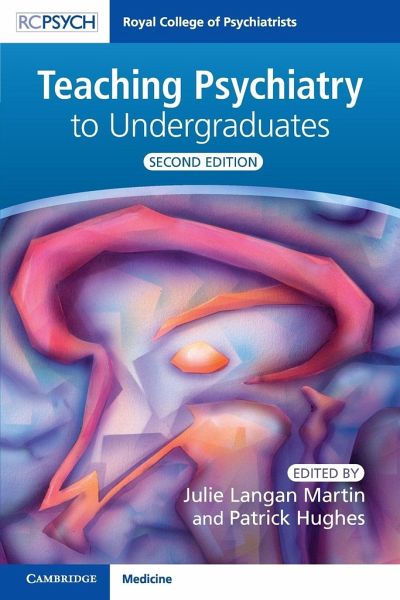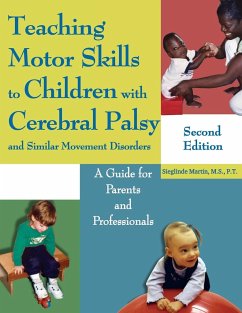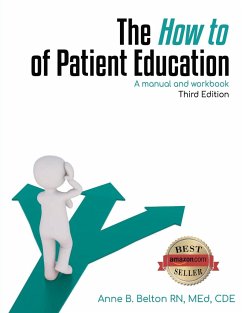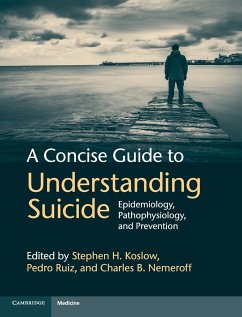
Teaching Psychiatry to Undergraduates
Versandkostenfrei!
Versandfertig in 1-2 Wochen
39,99 €
inkl. MwSt.
Weitere Ausgaben:

PAYBACK Punkte
20 °P sammeln!
Psychiatry requires a unique blend of knowledge, skills and attitudes, with important ethical and philosophical issues intrinsic to the specialty. Although teaching is an important part of training and working as a psychiatrist, this is often carried out without any specific training in educational theory or practice. This book teaches readers how to apply educational theory in this complex setting to provide the best possible learning experience for students. Chapters are short and focused, allowing the busy psychiatrist or other professional involved in undergraduate psychiatry teaching to p...
Psychiatry requires a unique blend of knowledge, skills and attitudes, with important ethical and philosophical issues intrinsic to the specialty. Although teaching is an important part of training and working as a psychiatrist, this is often carried out without any specific training in educational theory or practice. This book teaches readers how to apply educational theory in this complex setting to provide the best possible learning experience for students. Chapters are short and focused, allowing the busy psychiatrist or other professional involved in undergraduate psychiatry teaching to pick it up, absorb some of the principles, and start applying them straight away to improve their teaching. Contributions from individuals with lived experience throughout the book provide insight into the patient experience and how this can be sensitively and effectively incorporated into undergraduate teaching and the benefits that can be gained from doing so.














